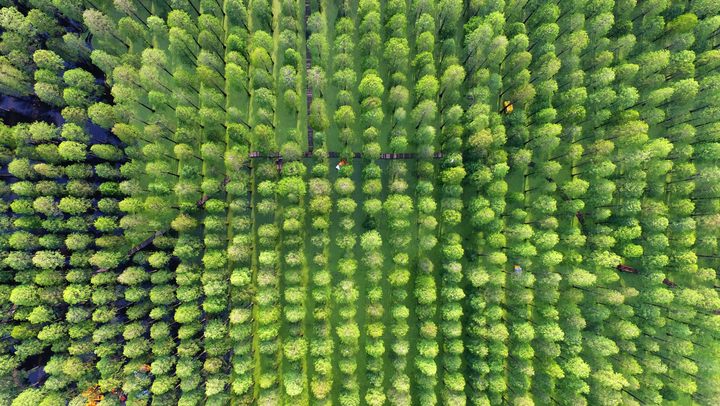
China’s Water Forests Bring an Artificial Order to Nature
And offer tranquility among “living fossils.”
The tufted, velvety green surface looks like a chenille pillow. Upon closer inspection, there are flecks of bright color embedded among the rows of green. The colorful bit are tourist boats leisurely meandering through waterways created by the neat rows of trees at Luyang Lake Wetlands Park in Yangzhou, in the Jiangsu province of China, one of many artificial “water forests” that now dot the country. This bird’s eye view obscures the towering scale of the pond cypress, bald cypress, and unique dawn redwood the visitors move between.
Dawn redwoods (Metasequoia glyptostroboides) are native to China, and were once thought to be extinct for more than five million years. Fossils, some about 150 million years old, have been found from North America to Russia to Japan. The surprising discovery of a small group of live specimens in a remote part of China during the mid-1940s made the unusually deciduous redwood a “living fossil.” Though still considered critically endangered in the wild—only a few isolated natural stands of them exist—conservation efforts and distribution of seeds have given the regal, adaptable, fast-growing metasequoia trees another life.
Such artificial, unusually orderly forests are part of a larger reforestation effort across China. The overall environmental impact of such projects is not entirely known, but they certainly do provide a unique experience for visitors: consistently tranquil, from the lush green of the warmer months, to feathered reds, pinks, and golds during autumn.
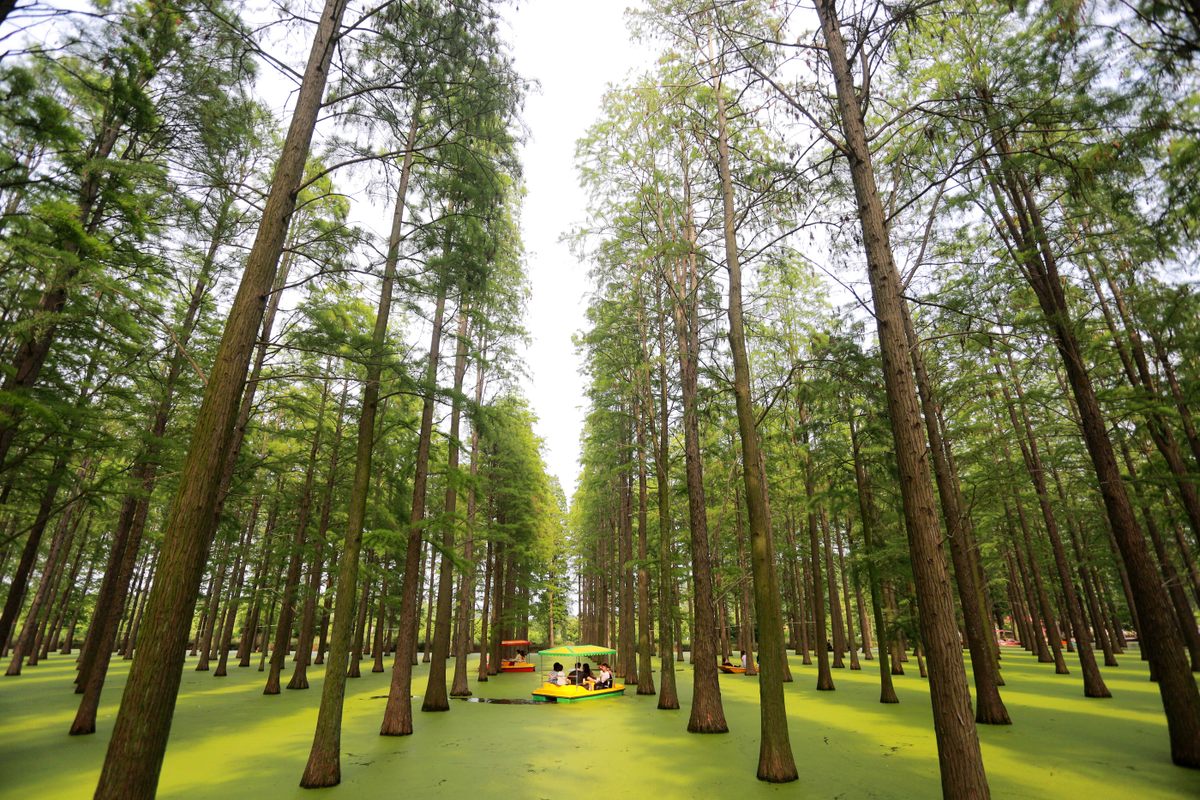
Abstract Wonder is a series in which we explain and examine stunning photographs of places and things that surprise us—because they were shot from above, or through a microscope, or with a creative eye.


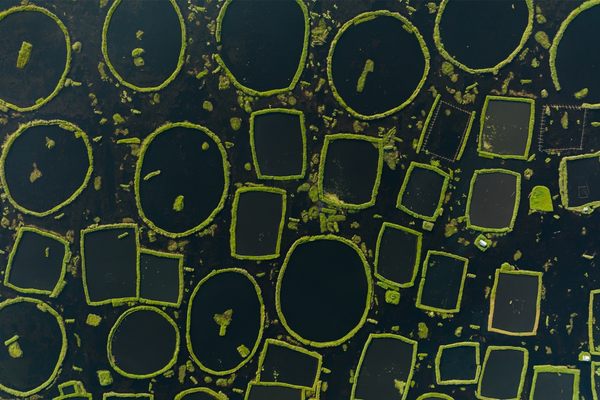
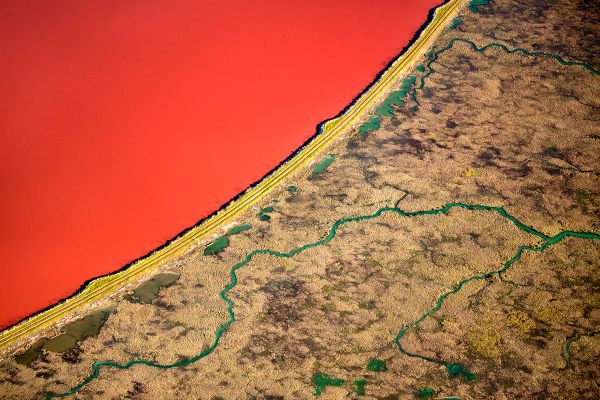
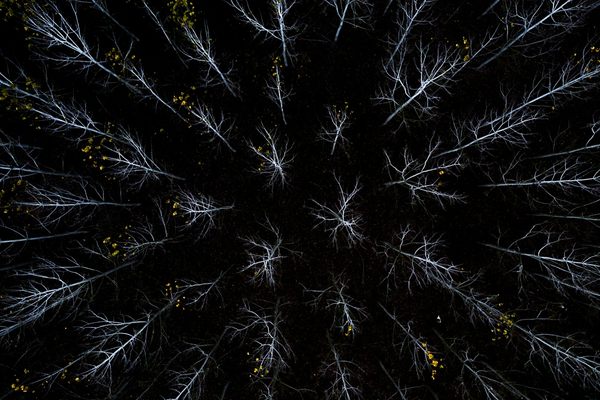











Follow us on Twitter to get the latest on the world's hidden wonders.
Like us on Facebook to get the latest on the world's hidden wonders.
Follow us on Twitter Like us on Facebook